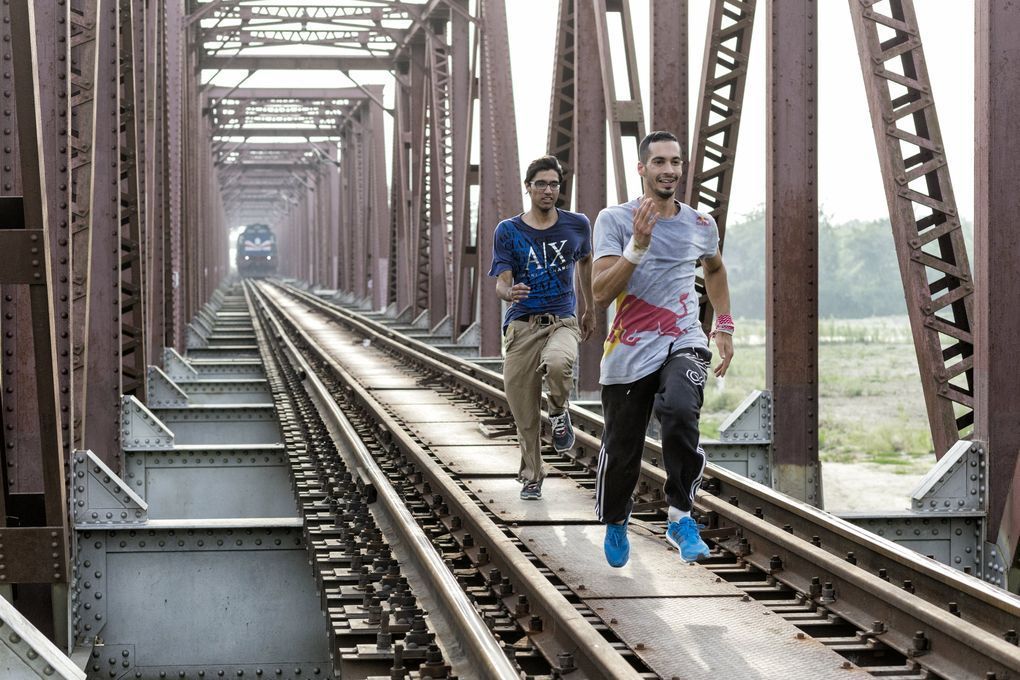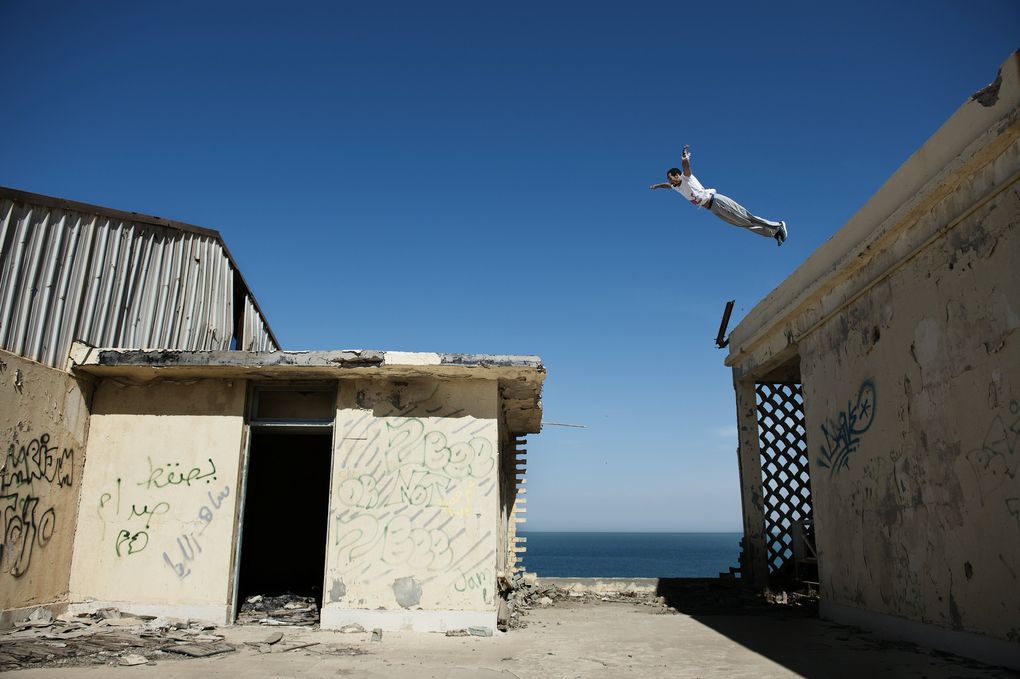what is parkour?
Parkour is quickly becoming one of the stand-out movements of the 21st century, and yet for something growing so fast, many aspects of parkour remain a mystery to the every day city-dweller. But really, what is parkour?
Parkour can be defined as the practice of moving logically and creatively through a – typically – urban setting to get from a start point to an end point as quickly as possible. This involves physically overcoming barriers on any given route, creating inventive but practical ways in which from get from A to B as efficiently as possible.

Practitioners of the discipline are often referred to as tracuers or traceuses, and the word parkour actually derives from the French ‘le parcours’, which Raymond Belle, the father of the ‘father of parkour’ David Belle, used to encompass all of his numerous training methods, from climbing and running to jumping, balancing, vaulting and more.
After growing through the late 80s and 90s, parkour really broke into the mainstream after the millennium, coming to the UK after David Belle starred in ‘Rush Hour’, an advert aired on the BBC in 2001. Since then, it’s not been uncommon to see parkour practitioners go viral online – the likes of James Kingston climbing the arch over Wembley Stadium or the video-game enthusiasts who brought ‘Assassin’s Creed video game to life in parkour‘.
Still a little confused? Well fear not, because we got in touch with Dan Edwardes, discipline expert and managing director of Parkour Generations, the largest professional parkour organisation in the world, to talk us through some of the basics.
Parkour Generations are a pioneering company that work across every field in their discipline; from training and educating people about the art of parkour to participating and consulting in professional projects, film-making, and even advising and testing out the strength of high-security facilities.

So we ask Edwardes, “What is parkour? How would you define it?”. “Parkour is a training method for body and mind,” he tells us. “It enables us to overcome variable terrain and obstacles using just our own physical capabilities, typically relying on running, jumping, climbing, crawling and vaulting.
“It’s also a transformative practice which aims for self-improvement on all levels in the practitioner, developing resilience, courage, strength of mind, adaptability, humility and a sense of community.
10 of the Worst Parkour Fails on the Internet
“People get involved for all sorts of reasons, but often just for the sheer enjoyment and pleasure of moving and using the body the way it has evolved to be used. It’s a challenging activity that actually asks you to use your physical and mental capabilities to overcome movement tasks and achieve more than you thought possible.”






